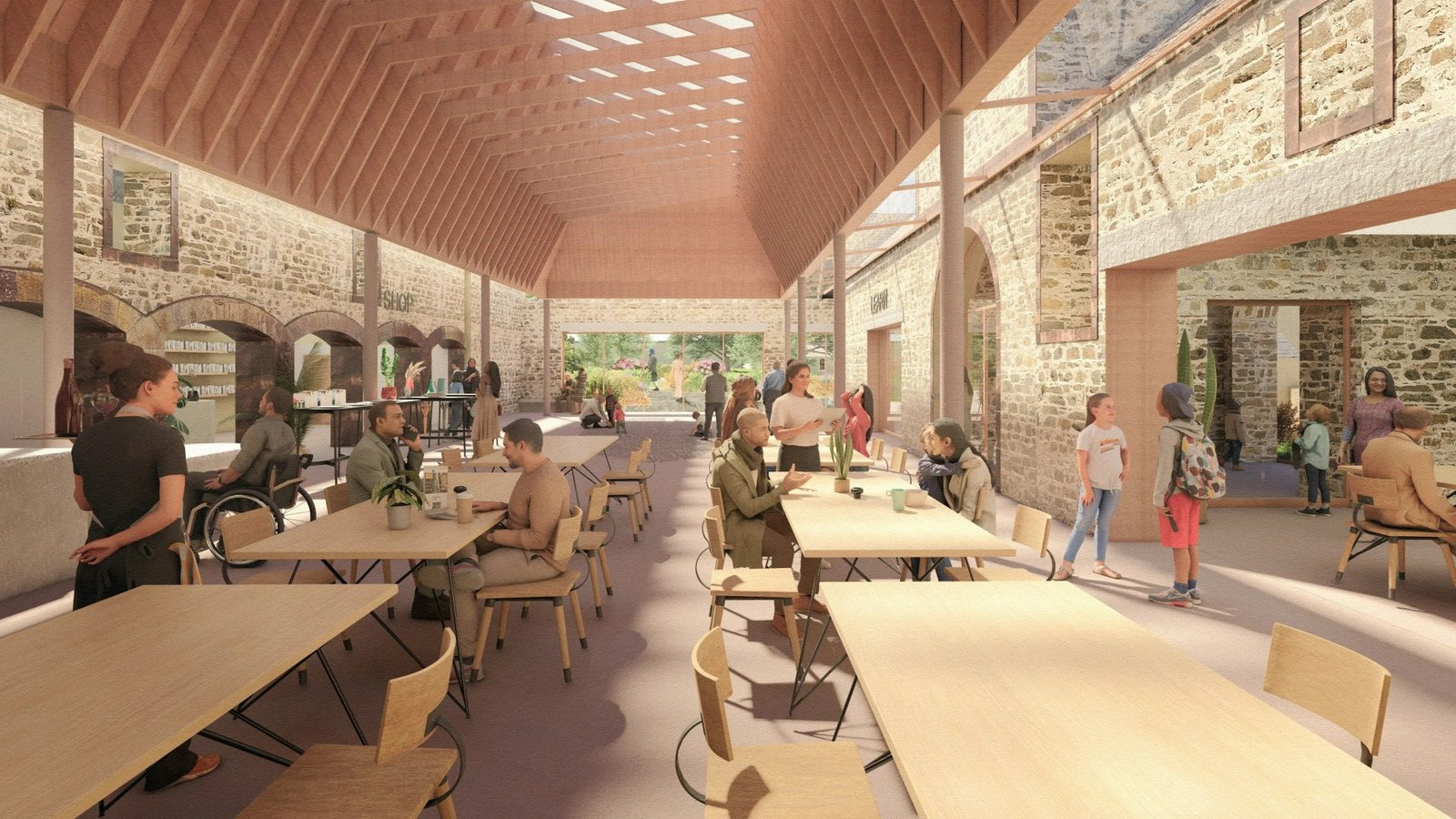The multi-million pound ‘badger bridge’ will help wildlife cross safely.
As part of the major A30 Chiverton to Carland Cross dualling project, a dual-deck bridge has been constructed by contractors Costain over the new carriageway.
Top soiling work now under way, turning the bridge from grey to brown, followed by ‘green’ planting in the autumn.
Following the topsoiling and planting, the green bridge at Marazanvose will cater for a different type of traffic, providing a flourishing green border and a safe passage across the road for various wildlife species, including badgers, voles and other small animals, insects and birds.
The ‘green bridge’ is nearly 50 metres long and 12.5metres wide spans four lanes of a new dual carriageway.

It is designed to provide safe passage across the road for various wildlife species, including badgers, voles and other small animals, insects and birds.
The bridge is part of National Highway’s major A30 Chiverton to Carland Cross dualling project at Marazanvose, and also crosses two lanes of the old A30, now the B3288.
The dual-deck bridge has been constructed by contractors Costain over the new carriageway as part of the £330 million project – although no breakdown figure for the ‘badger bridge’ has been given.
The bridge will not only provide better connectivity for wildlife but also a footpath and a bridleway for horse riders.
Andrew Alcorn, National Highways’ Programme Manager for the A30 Chiverton to Carland Cross scheme, said: “We’re really proud of the environmental work being carried out as part of this project, and the creation of the green bridge is a leading part of that.
“Our green bridge will be the third for the company, one of only a handful across the country, and once completed, it will provide a safe crossing for various species of wildlife, as well as for walkers and horse riders.
“Along with other environmental measures, we’ve built a total of 33 multi-species crossing points as part of the project, and we look forward to seeing the bridge bloom for many years to come, providing a real legacy for the scheme and for Cornwall.”

Landscaping will involve the planting of two native hedgerows, with species including Hazel, Hawthorn, Holly, Dog Rose, Elder and Wych Elm, along with Hazel and Hawthorn trees and seeding of grasses and wildflowers, and will look similar to the visualisation image.
Green bridges, which were first built in France in the 1950s and pioneered in the Netherlands in 1990, are now becoming an important part of the sustainability of infrastructure projects.
Not only do they create a safe crossing point for wildlife movement, but they assist in joining up habitats and connecting colonies, and making wildlife populations more resilient.
Green bridges also create a safe crossing point for people and improve road safety whilst integrating roads and railways into the surrounding landscape.
However, there are only a handful of green bridges across the country.
This green bridge at Marazanvose represents the third such structure to be built across the Strategic Road Network, and a second for Cornwall following Cormac’s construction of the A391 Carluddon road bridge for Cornwall Council.
National Highways, responsible for England’s major A roads and motorways, has already constructed green bridges over the A556 near Chester, the A21 at Scotney Castle in Sussex, while another green bridge is planned in the South West, as part of the A417 Missing Link scheme near Gloucester, and another at Cockrow in Surrey, as part of the M25 Wisley interchange scheme.
The company says material for the top soiling work has been sustainably generated from the scheme’s earthworks and around 960 tonnes of soil will be used across the bridge deck and embankments.
Planting work will take place in the autumn, along with seeding, and after all planting work across the scheme, a five-year maintenance period will follow to ensure the successful bedding in and growth of all new trees and shrubs.
As part of the road scheme, a total of 87,000 trees are being planted across the landscape, in addition to the green bridge planting.
With more than 40,000 already in the ground, the remainder will be installed in suitable conditions later this year.
The new route has been designed to enhance biodiversity and improve connectivity for wildlife, with a total of 33 multi-species crossing points constructed alongside the new junction structures, to enable the journeys of animals such as otters, badgers, bats and reptiles, allowing access to a wider area of habitat.
As part of the environmental mitigation work, National Highways and principal contractors Costain are predicting an approximate 20 per cent net gain in biodiversity.
Tara McCracken, Safety, Health and Environment Manager at Costain, said: “The Marazanvose Bridge exemplifies this commitment and we’re very happy to now be making the final preparations on the structure to enable local wildlife to flourish and ultimately support a sustainable, decarbonised future for Cornwall and the surrounding areas.”






